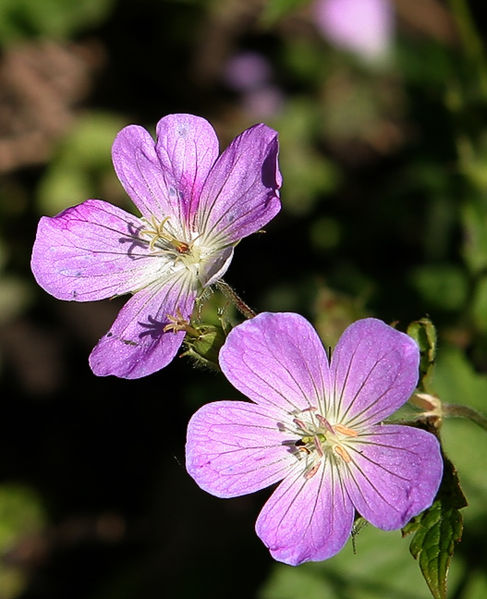We're open daily! View holiday hours
Science News
Evidence of Early Blooming
January 23, 2013

As naturalists Henry David Thoreau and Aldo Leopold recorded small, daily seasonal changes in the plant life they were so familiar with, did they understand how these observations might be used in the future? To track climate change and its influence on the natural world decades later?
A recent article in PLoS ONE takes the naturalists’ records and compares plants’ blooming times from then to now—specifically 2012, with its record-breaking temperatures.
Not surprisingly, plants are blooming earlier. Previous research has demonstrated this, but not with specific places and plants.
Compared to the timing of spring flowering in Thoreau’s day (in the mid-1800s), native plants such as serviceberry and nodding trillium are blooming 11 days earlier, on average, in the area around Concord, Massachusetts, where Thoreau famously lived and worked.
Nearly a thousand miles away in Wisconsin, where Leopold gathered his records of blooming plants like wild geranium and marsh marigold, the change is even more striking. In 2012, the warmest spring on record for Wisconsin, plants bloomed on average nearly a month earlier than they did just 67 years earlier when Leopold made his last entry.
“We were amazed that wildflowers in Concord flowered almost a month earlier in 2012 than they did in Thoreau’s time or any other recent year,” says lead author Elizabeth Ellwood, “and it turns out the same phenomenon was happening in Wisconsin where Aldo Leopold was recording flowering times. Our data shows that plants keep shifting their flowering times ever earlier as the climate continues to warm.”
I asked Peter Fritsch, curator and chair of the Academy’s Botany Department, about the recent paper. “The study makes clear that the strong link between increasing spring temperatures and earlier flowering times holds even during the hottest years known; other factors, such as unmet winter chilling requirements, appear not to have constrained or disrupted this link. Whether this link continues at even higher temperatures remains to be seen.
“Although this could mean that plants will be able to continue fairly normal patterns of reproduction, albeit at earlier and earlier times,” he adds, “other environmental factors, some of which could be critical to plant species' survival, will likely be changing as well. For example, insect pollinator or seed disperser activity may become reduced or mistimed relative to flowering or fruit set.”
The new PLoS ONE study reminded me of the Grinnell Resurvey Project, where UC Berkeley scientists revisited locations documented by Joseph Grinnell a century ago. Grinnell thoroughly recorded fauna in several locations in California and modern-day researchers could document changes from his original observations. Peter says that he knows of no directly comparable studies in our area, that is, those that have looked at the changes in California flora and blooming time over such a long period of time.
Thoreau and Leopold (and Grinnell, for that matter) likely had no idea their records would prove to be so helpful in this particular way, decades later, Peter says. “This study also provides neat insight into one way that science works. In this case, I doubt very much whether it would have occurred to Thoreau that the notes he was recording on flowering times could be used for assessing long-term changes in climate. Yet, without his basic data and that from Leopold, the current study would not be nearly as conclusive.”
One last note from Peter: One of the co-authors on the study, Charles Davis, has Academy ties. He was a Summer Systematics Institute intern in the 1990s!